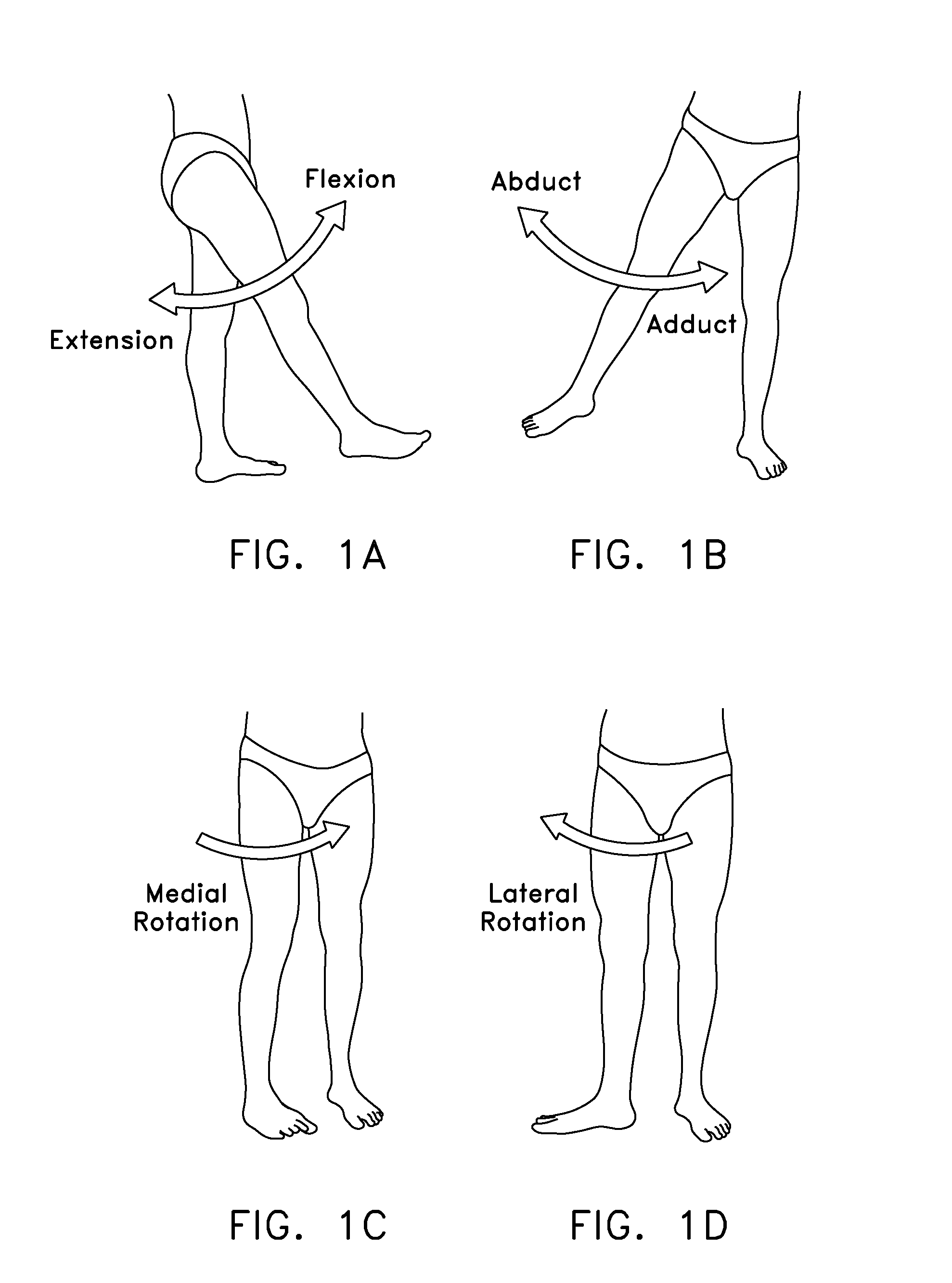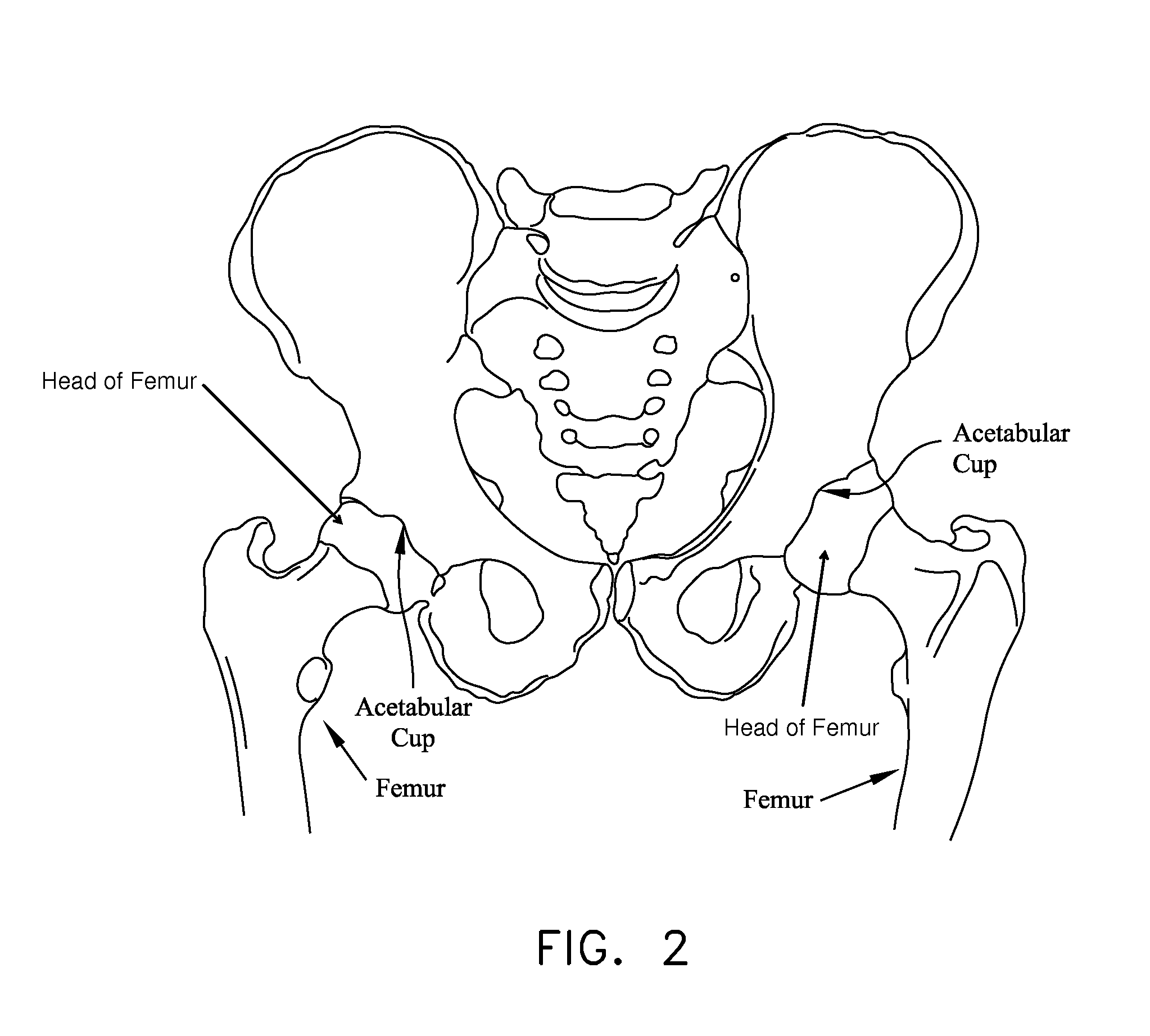Method and apparatus for attaching tissue to bone, including the provision and use of a novel knotless suture anchor system
a bone and tissue technology, applied in the field of surgical methods and equipment, can solve the problems of significant interference with patient comfort and lifestyle, pathology so severe that it is necessary to have partial or total hip replacement, and the general scope of procedures is limited
- Summary
- Abstract
- Description
- Claims
- Application Information
AI Technical Summary
Benefits of technology
Problems solved by technology
Method used
Image
Examples
Embodiment Construction
Knotless Suture Anchor System
[0109]Looking first at FIGS. 19 and 20, there is shown a novel knotless suture anchor system 5 formed in accordance with the present invention. Knotless suture anchor system 5 generally comprises a knotless suture anchor 10, an inserter 15 for inserting knotless suture anchor 10 in bone, and a suture threader 20 for threading a suture through knotless suture anchor 10 (and inserter 15) before the knotless suture anchor is deployed in bone.
[0110]Looking next at FIGS. 21-25, knotless suture anchor 10 generally comprises a body 25, a locking element 30 for radially expanding the body and securing a suture (not shown in FIGS. 21-25) to the body, and a pull rod 35 for moving locking element 30 proximally relative to body 25, whereby to simultaneously (i) radially expand the body so as to secure knotless suture anchor 10 to bone, and (ii) secure a suture to the body so as to secure that suture to knotless suture anchor 10 (and hence to the bone within which th...
PUM
 Login to View More
Login to View More Abstract
Description
Claims
Application Information
 Login to View More
Login to View More - R&D
- Intellectual Property
- Life Sciences
- Materials
- Tech Scout
- Unparalleled Data Quality
- Higher Quality Content
- 60% Fewer Hallucinations
Browse by: Latest US Patents, China's latest patents, Technical Efficacy Thesaurus, Application Domain, Technology Topic, Popular Technical Reports.
© 2025 PatSnap. All rights reserved.Legal|Privacy policy|Modern Slavery Act Transparency Statement|Sitemap|About US| Contact US: help@patsnap.com



